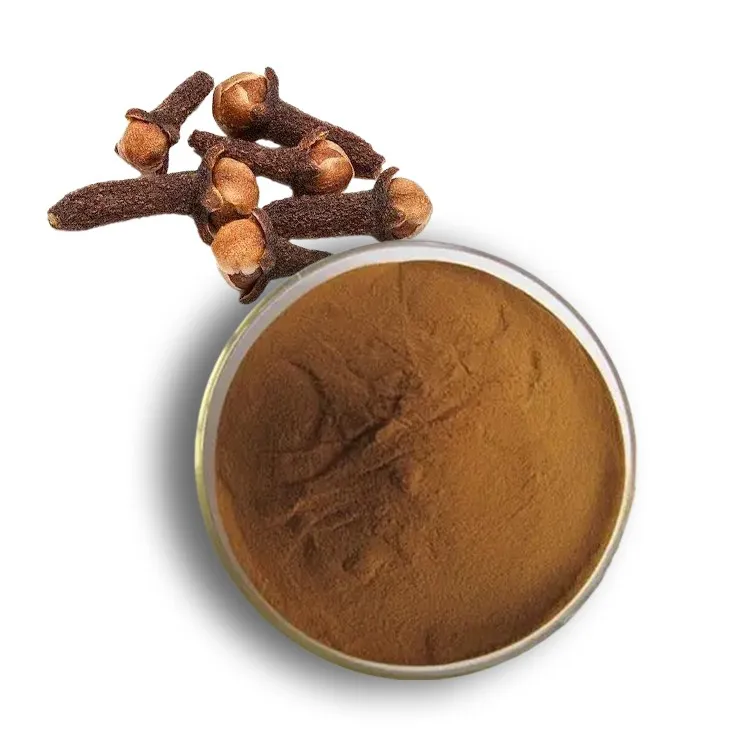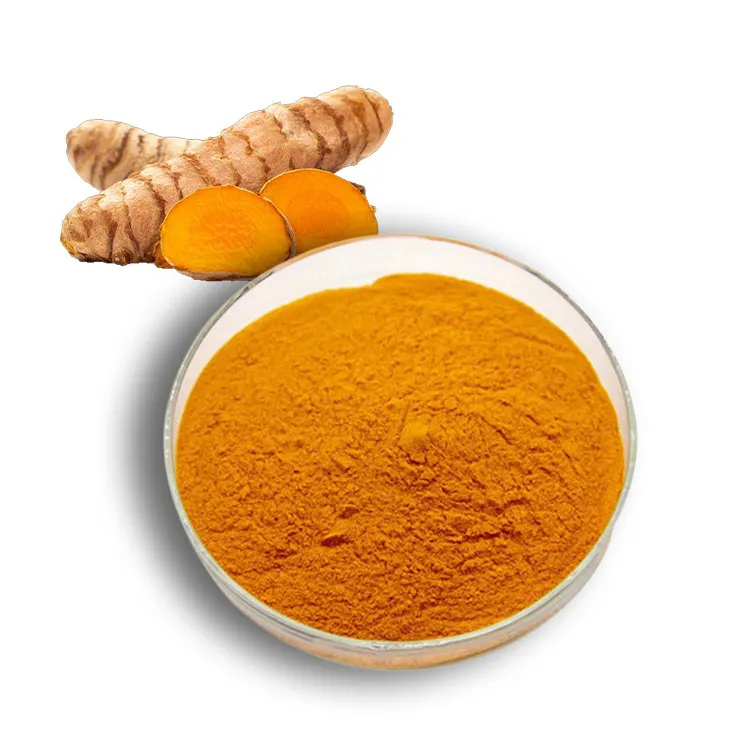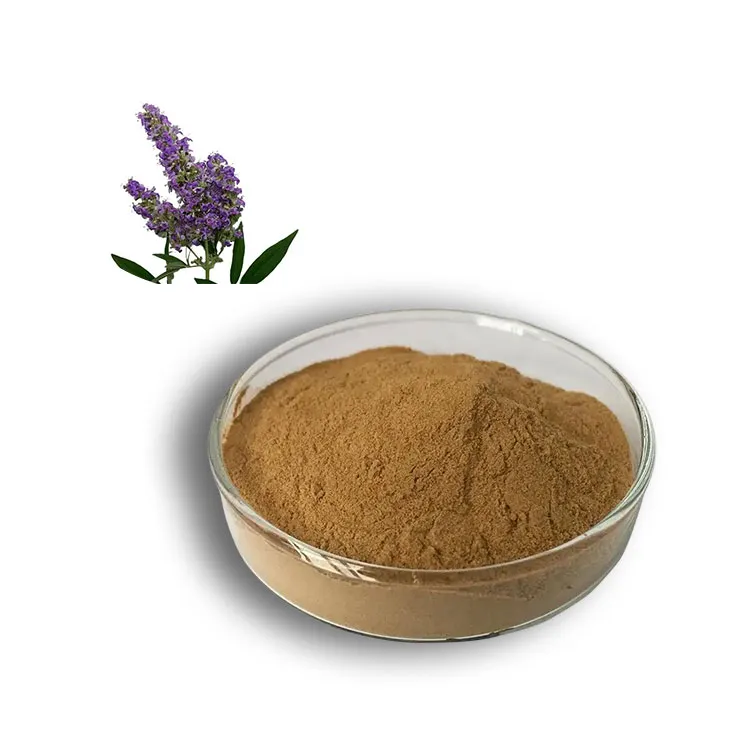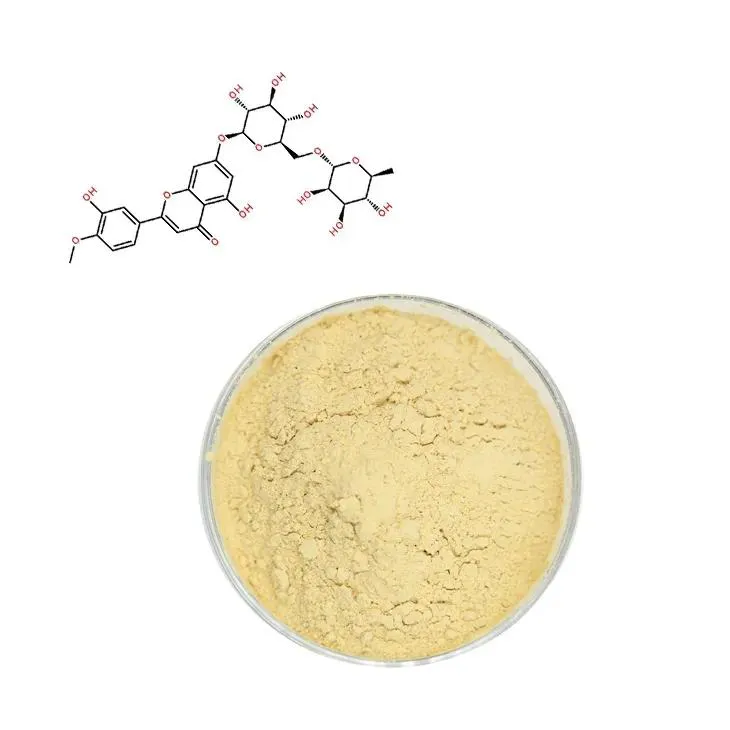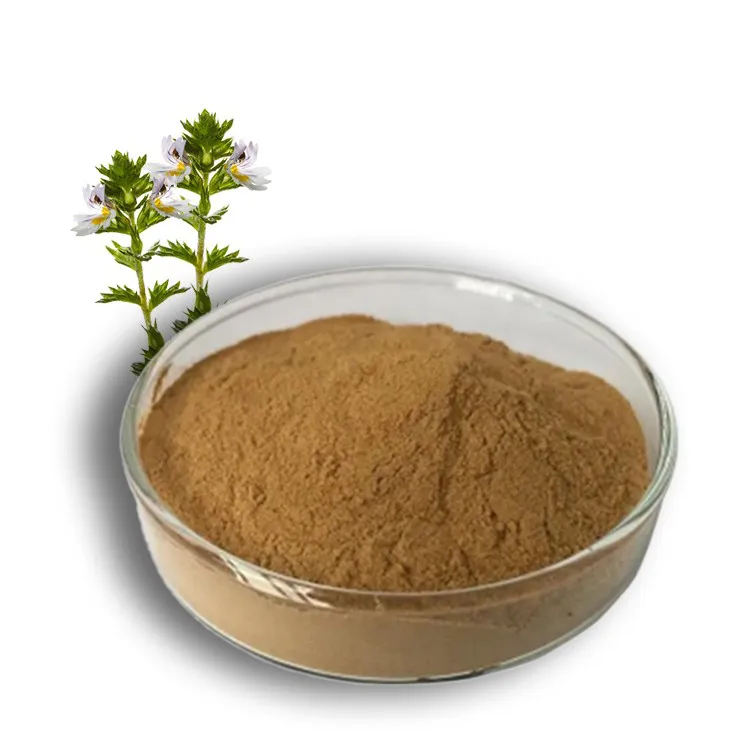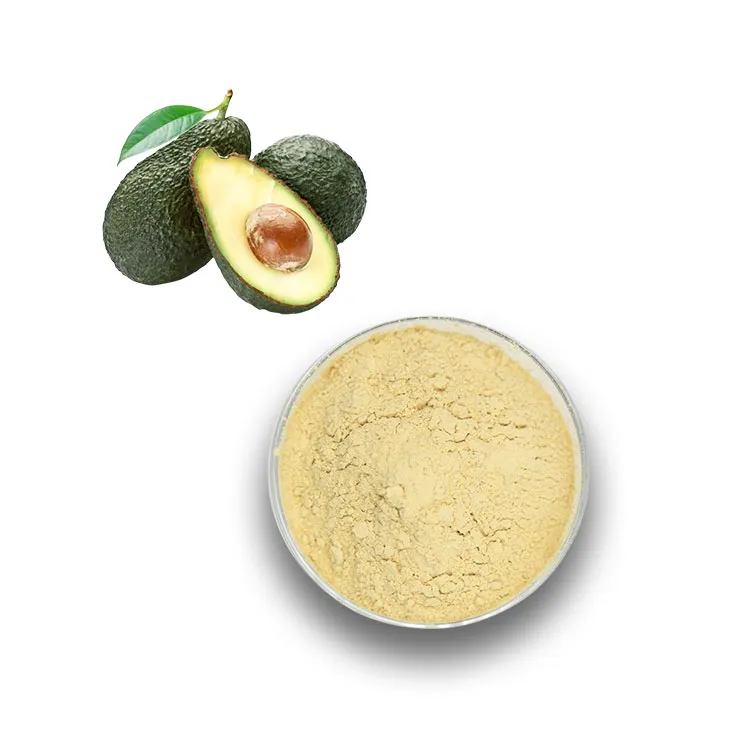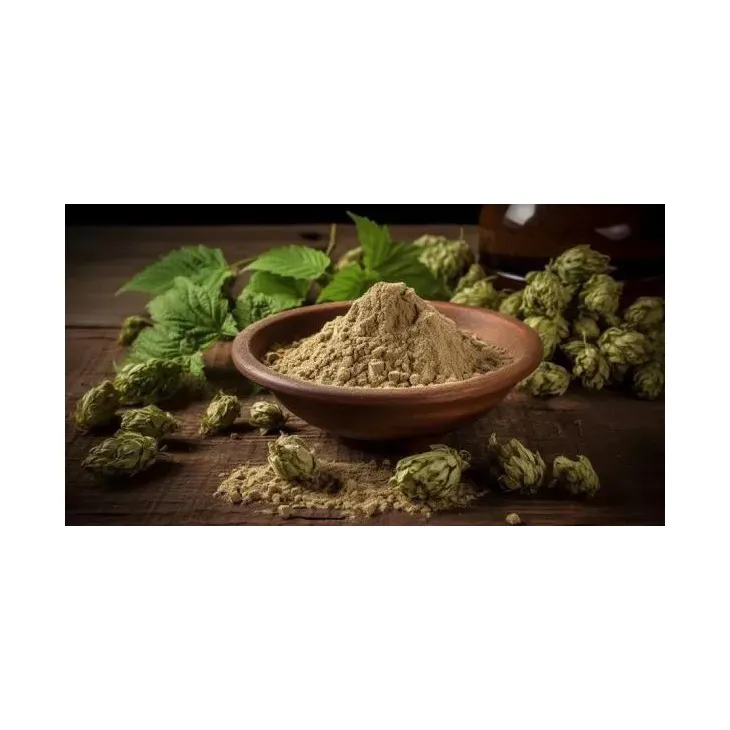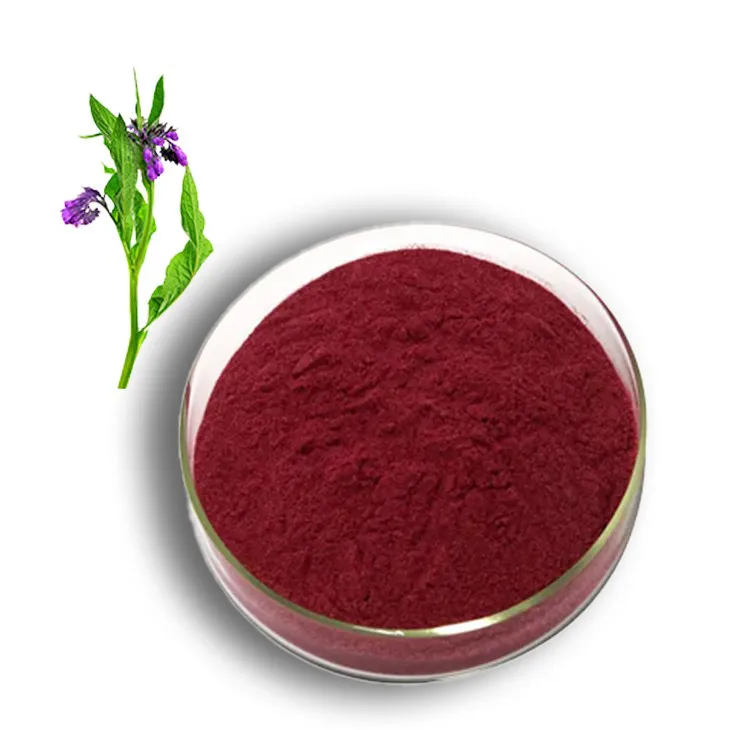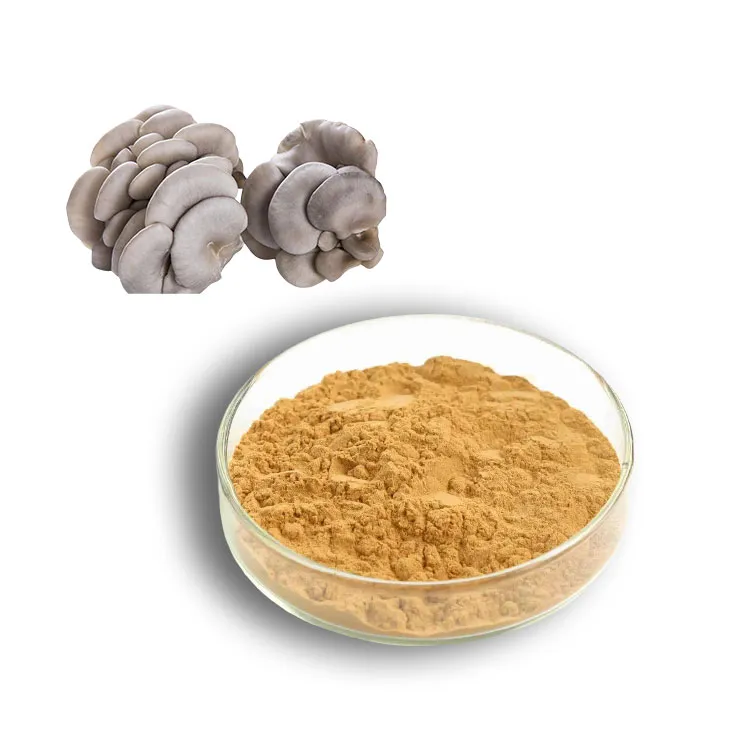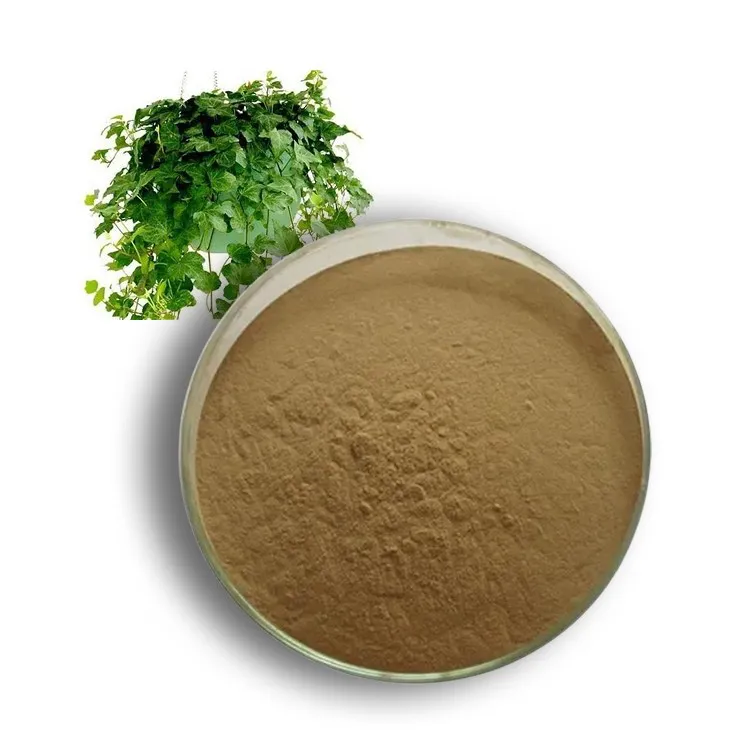- 0086-571-85302990
- sales@greenskybio.com
Innovations in Medicinal Plant Extraction: A Leap Forward in Technology
2024-07-18
1. Introduction
Medicinal plants have been a vital source of remedies for various ailments throughout human history. The extraction of bioactive compounds from these plants is a crucial step in the development of herbal medicines, nutraceuticals, and cosmeceuticals. Traditional extraction methods, such as maceration, percolation, and Soxhlet extraction, have been used for decades. However, these methods often have limitations in terms of extraction efficiency, selectivity, and environmental impact. In recent years, innovations in extraction technology have emerged, offering new possibilities for the extraction of medicinal plants. This article focuses on two such emerging trends: enzyme - assisted extraction and ultrasound - assisted extraction.
2. Enzyme - Assisted Extraction
2.1. Principles of Enzyme - Assisted Extraction
Enzyme - assisted extraction (EAE) is a novel extraction technique that utilizes enzymes to break down the cell walls of medicinal plants. Enzymes are biological catalysts that can selectively hydrolyze specific components of the cell wall, such as cellulose, hemicellulose, and pectin. By degrading the cell wall, enzymes can increase the permeability of the cell membrane, allowing for easier release of bioactive compounds. This process can significantly improve the extraction efficiency compared to traditional methods.
2.2. Types of Enzymes Used in EAE
There are several types of enzymes that can be used in EAE, depending on the nature of the plant material and the target compounds. Some of the commonly used enzymes include cellulases, hemicellulases, pectinases, and proteases.
- Cellulases are enzymes that break down cellulose, which is a major component of plant cell walls.
- Hemicellulases target hemicellulose, another important polysaccharide in the cell wall.
- Pectinases hydrolyze pectin, which helps in loosening the cell structure.
- Proteases can be used when the plant contains protein - bound bioactive compounds.
2.3. Advantages of EAE
EAE offers several advantages over traditional extraction methods.
- Higher extraction efficiency: By degrading the cell wall, enzymes can access and release a greater amount of bioactive compounds, resulting in higher yields.
- Selectivity: Enzymes can be chosen to target specific cell wall components, allowing for the selective extraction of certain bioactive compounds.
- Milder extraction conditions: EAE typically operates under milder temperature and pH conditions compared to traditional methods, which can reduce the degradation of heat - or pH - sensitive bioactive compounds.
- Environmentally friendly: Enzymes are biodegradable, and the overall energy consumption in EAE can be lower than that of some traditional extraction methods.
2.4. Applications of EAE in Medicinal Plant Extraction
EAE has been applied in the extraction of various medicinal plants. For example, in the extraction of ginseng, EAE has been shown to increase the yield of ginsenosides, which are the main bioactive compounds in ginseng. In the case of tea leaves, EAE can enhance the extraction of polyphenols. Additionally, EAE has been explored for the extraction of alkaloids from plants such as opium poppy and berberine from Coptis chinensis. These applications demonstrate the potential of EAE in the production of high - quality herbal extracts.
3. Ultrasound - Assisted Extraction
3.1. Principles of Ultrasound - Assisted Extraction
Ultrasound - assisted extraction (UAE) is based on the phenomenon of cavitation. When ultrasound waves are applied to a liquid medium containing plant material, microscopic bubbles are formed, grow, and then collapse violently. This cavitation process generates intense local heating, high - pressure gradients, and micro - streaming. These physical effects can disrupt the cell walls of plants, facilitating the release of bioactive compounds into the extraction solvent. The mechanical forces generated by cavitation can also enhance mass transfer between the plant material and the solvent.
3.2. Equipment Used in UAE
The main equipment used in UAE is an ultrasonic generator and an ultrasonic transducer. The ultrasonic generator produces electrical signals of a specific frequency, which are then converted into ultrasonic waves by the ultrasonic transducer. The transducer can be either immersed directly into the extraction vessel or coupled to the vessel through a liquid - filled horn. There are different types of ultrasonic devices available, including ultrasonic baths and ultrasonic probes, each with its own advantages and applications.
3.3. Advantages of UAE
UAE has several notable advantages.
- Rapid extraction: The cavitation - induced disruption of cell walls can significantly reduce the extraction time compared to traditional methods. For example, in the extraction of flavonoids from plants, UAE can complete the extraction in a much shorter time.
- Increased extraction yield: The enhanced mass transfer and cell wall disruption lead to higher yields of bioactive compounds. Studies have shown that UAE can increase the extraction yield of various medicinal plants.
- Energy - efficient: UAE generally consumes less energy compared to some traditional extraction methods, as the extraction process is accelerated by the ultrasonic cavitation rather than relying solely on heating or long - term soaking.
- Versatility: UAE can be applied to a wide range of medicinal plants and bioactive compounds, making it a versatile extraction technique.
3.4. Applications of UAE in Medicinal Plant Extraction
UAE has found numerous applications in medicinal plant extraction. It has been used for the extraction of essential oils from aromatic plants such as lavender and rosemary. In the extraction of anthocyanins from berries, UAE has shown promising results in terms of yield and quality. Moreover, UAE has been applied to extract saponins from plants like ginseng and Glycyrrhiza glabra. These applications highlight the importance of UAE in the modern extraction of medicinal plants.
4. New Avenues for Drug Discovery
The innovations in medicinal plant extraction techniques, such as EAE and UAE, are opening new avenues for drug discovery.
- Access to new compounds: These extraction methods can access bioactive compounds that were previously difficult to extract using traditional methods. This includes compounds with potential pharmaceutical activities that may have been overlooked in the past.
- Enhanced bioactivity screening: With higher extraction yields and selectivity, it becomes easier to screen a larger number of plant extracts for their bioactive properties. This can lead to the discovery of new drugs or drug candidates more efficiently.
- Combination with modern analytical techniques: The extracts obtained from these innovative extraction methods can be analyzed more accurately using modern analytical techniques such as high - performance liquid chromatography (HPLC) and mass spectrometry (MS). This combination can help in the identification and characterization of new bioactive compounds.
5. Quality Control in Herbal Products
The new extraction techniques also play a crucial role in quality control in herbal products.
- Consistent extraction: EAE and UAE can provide more consistent extraction results compared to traditional methods. This is important for ensuring the reproducibility of herbal product formulations.
- Purity and potency: By selectively extracting bioactive compounds, these methods can help in obtaining herbal extracts with higher purity and potency. This can improve the overall quality of herbal products.
- Detection of contaminants: The improved extraction efficiency and selectivity can also assist in the detection of contaminants in herbal products. For example, if a plant contains a toxic compound along with the desired bioactive compound, the extraction process can be optimized to separate or detect the contaminant more effectively.
6. Conservation of Endangered Medicinal Plants
The efficient extraction techniques can contribute to the conservation of endangered medicinal plants.
- Reduced plant material requirement: Since EAE and UAE can achieve higher extraction yields, less plant material is required for obtaining a sufficient amount of bioactive compounds. This can help in reducing the pressure on endangered plant populations.
- Sustainable extraction: These methods can be part of a sustainable extraction strategy, where the plants are harvested in a more sustainable manner, and the extraction process is optimized to make the most of the available plant material.
- In - vitro cultivation and extraction: In combination with in - vitro cultivation techniques, the new extraction methods can be applied to plants grown in a controlled environment. This can further reduce the impact on wild plant populations and promote the conservation of endangered species.
7. Conclusion
Innovations in medicinal plant extraction, such as enzyme - assisted extraction and ultrasound - assisted extraction, represent a significant technological leap forward. These techniques offer numerous advantages over traditional extraction methods, including higher extraction efficiency, selectivity, and environmental friendliness. They are opening new avenues for drug discovery, quality control in herbal products, and the conservation of endangered medicinal plants. As research in this area continues to progress, it is expected that these extraction techniques will play an increasingly important role in the development and utilization of medicinal plants in the future.
FAQ:
What are the main advantages of enzyme - assisted extraction in medicinal plant extraction?
Enzyme - assisted extraction in medicinal plant extraction has several main advantages. Firstly, it can increase the extraction yield by breaking down the cell walls more effectively, allowing for better access to the bioactive compounds within the plants. Secondly, it can be more specific in targeting certain compounds, which is beneficial for obtaining high - purity extracts. Moreover, it often operates under milder conditions compared to traditional extraction methods, reducing the degradation of heat - sensitive bioactive components.
How does ultrasound - assisted extraction work in the context of medicinal plants?
Ultrasound - assisted extraction in medicinal plants works through the generation of cavitation bubbles. When ultrasound waves are applied, these bubbles are formed, grow, and then collapse violently. This cavitation process creates intense local shear forces, micro - jets, and shock waves. These physical effects can disrupt the cell walls of the medicinal plants, facilitating the release of bioactive compounds into the extraction solvent, thus increasing the extraction efficiency.
What role do these new extraction techniques play in drug discovery?
These new extraction techniques play a crucial role in drug discovery. They enable more efficient extraction of bioactive compounds from medicinal plants. With a higher yield and better quality of extracts, a larger number of potentially useful compounds can be obtained for screening. Enzyme - assisted extraction and ultrasound - assisted extraction can also help in isolating novel compounds that may have been difficult to extract using traditional methods, which may lead to the discovery of new drugs with unique pharmacological activities.
How do these extraction techniques contribute to quality control in herbal products?
These extraction techniques contribute to quality control in herbal products in multiple ways. They can ensure more consistent extraction of bioactive compounds, which is important for standardizing the composition of herbal products. By providing more efficient and reproducible extraction methods, it becomes easier to control the quality and potency of the final products. Additionally, these techniques can help in removing impurities more effectively, further enhancing the quality of herbal products.
Can these new extraction techniques help in the conservation of endangered medicinal plants?
Yes, these new extraction techniques can contribute to the conservation of endangered medicinal plants. Since they are often more efficient, a smaller amount of plant material may be required to obtain the necessary bioactive compounds compared to traditional extraction methods. This reduced demand for plant material can help relieve the pressure on endangered medicinal plants in the wild, allowing for better conservation efforts.
Related literature
- Innovations in Medicinal Plant Extraction Technologies for Enhanced Bioactive Compound Recovery"
- "Emerging Trends in Medicinal Plant Extraction: Implications for Drug Development"
- "Ultrasound - Assisted Extraction of Medicinal Plants: A Review of its Impact on Quality and Yield"
- ▶ Hesperidin
- ▶ Citrus Bioflavonoids
- ▶ Plant Extract
- ▶ lycopene
- ▶ Diosmin
- ▶ Grape seed extract
- ▶ Sea buckthorn Juice Powder
- ▶ Fruit Juice Powder
- ▶ Hops Extract
- ▶ Artichoke Extract
- ▶ Mushroom extract
- ▶ Astaxanthin
- ▶ Green Tea Extract
- ▶ Curcumin
- ▶ Horse Chestnut Extract
- ▶ Other Product
- ▶ Boswellia Serrata Extract
- ▶ Resveratrol
- ▶ Marigold Extract
- ▶ Grape Leaf Extract
- ▶ New Product
- ▶ Aminolevulinic acid
- ▶ Cranberry Extract
- ▶ Red Yeast Rice
- ▶ Red Wine Extract
-
Clove Powder
2024-07-18
-
Curcumin
2024-07-18
-
Chasteberry Extract
2024-07-18
-
Diosmin
2024-07-18
-
Eyebright Extract
2024-07-18
-
Avocado Extract Powder
2024-07-18
-
Uridine-5'-monophosphate Disodium salt
2024-07-18
-
Shikone Extract
2024-07-18
-
Oyster Mushroom Extract Powder
2024-07-18
-
Ivy Extract
2024-07-18











